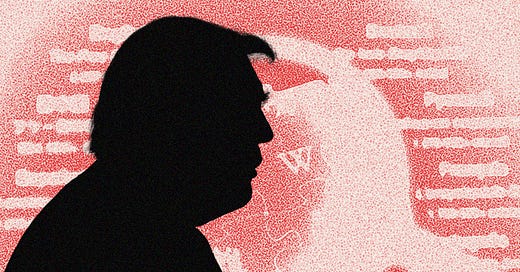
“I’m the king of debt. I’m great with debt. Nobody knows debt better than me.” —Donald Trump
When private sector companies become distressed, an entire ecosystem of experts springs into action. Turnaround specialists swoop in to replace management teams, cut spending, and negotiate with creditors. A sophisticated set of tools is deployed with vigor, much like triaging patients in hospital emergency rooms. Identifying which companies will survive has enriched many a bond investor, and executives experienced in navigating workouts are highly sought after.
The question of solvency is rarely clear-cut, and filing for bankruptcy is often a strategic decision. Companies can remain insolvent for some time but never file, while others seek court protection long before all options are exhausted. Deciding if and when to act is more art than science, as demonstrated by the divergent paths chosen by Ford and General Motors during the global financial crisis. The former, you may recall, had borrowed every penny it could before the crash and avoided bankruptcy; the latter used bankruptcy to right itself.
By any measure, the current U.S. fiscal situation is highly distressed. Total public debt outstanding exceeds $36 trillion, double what it was just a decade ago and more than 120 percent of gross domestic product (GDP). Annual interest expense is set to surpass a staggering $1 trillion. The federal deficit was $1.8 trillion for fiscal year 2024, or 6.4 percent of GDP. Respected analysts argue the U.S. is already in what’s called fiscal dominance, defined as “an economic condition that occurs when a country’s debt and deficit levels are sufficiently high that monetary policy ceases to be an effective tool for controlling inflation.”
Lurching rapidly toward this wall of worry is the looming wave of debt refinancings confronting recently confirmed Treasury Secretary Scott Bessent. The situation was exacerbated by his predecessor, Janet Yellen, who relied heavily on short-term debt to finance deficits during her tenure. Perhaps no American president has been more familiar with the bankruptcy code than the current occupant of the Oval Office, a man who previously boasted of using such laws “brilliantly” in the corporate setting. To wit, the first three weeks of his presidency bore the telltale signs of an experienced executive navigating a turnaround with urgency and direction.
Contrary to the constant alarmism about America’s irreversible slide into insolvency, the country is far from broke, and Trump has considerable flexibility at his disposal. Let’s review the options and set a few markers for success.












